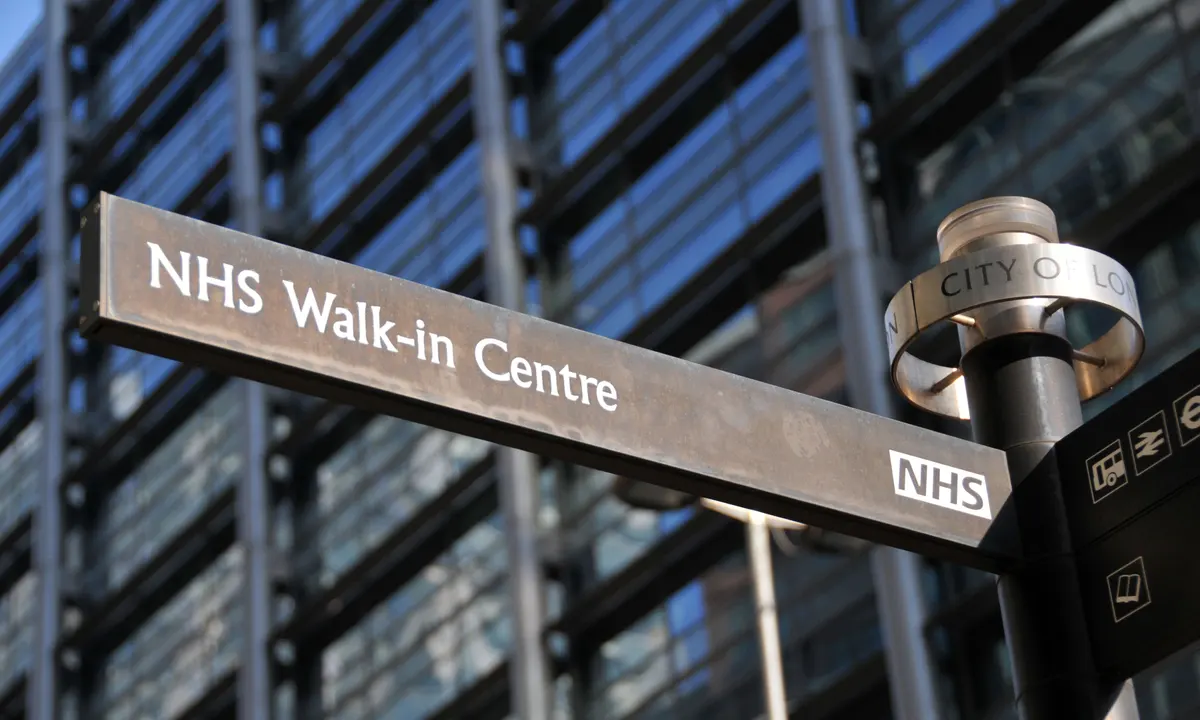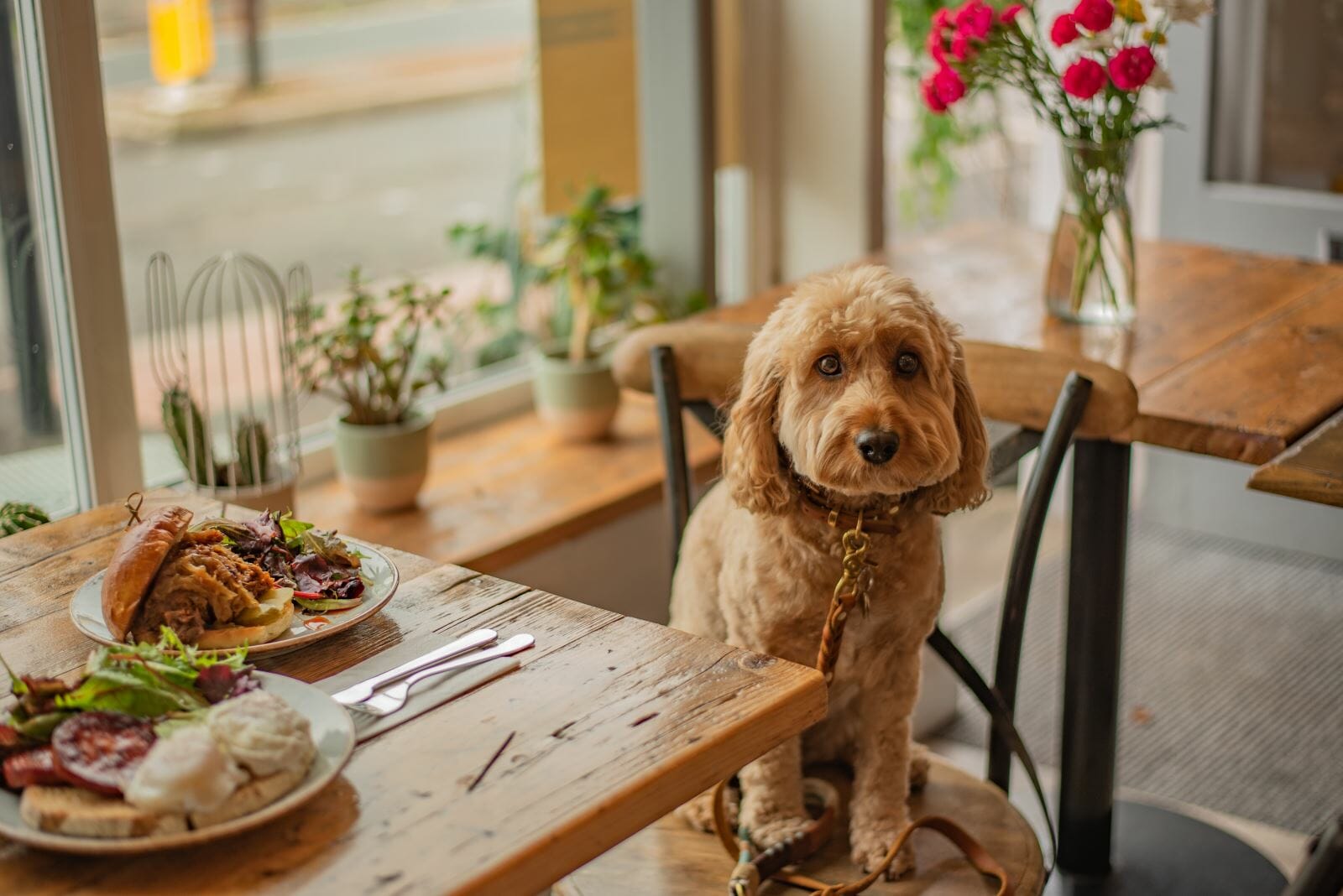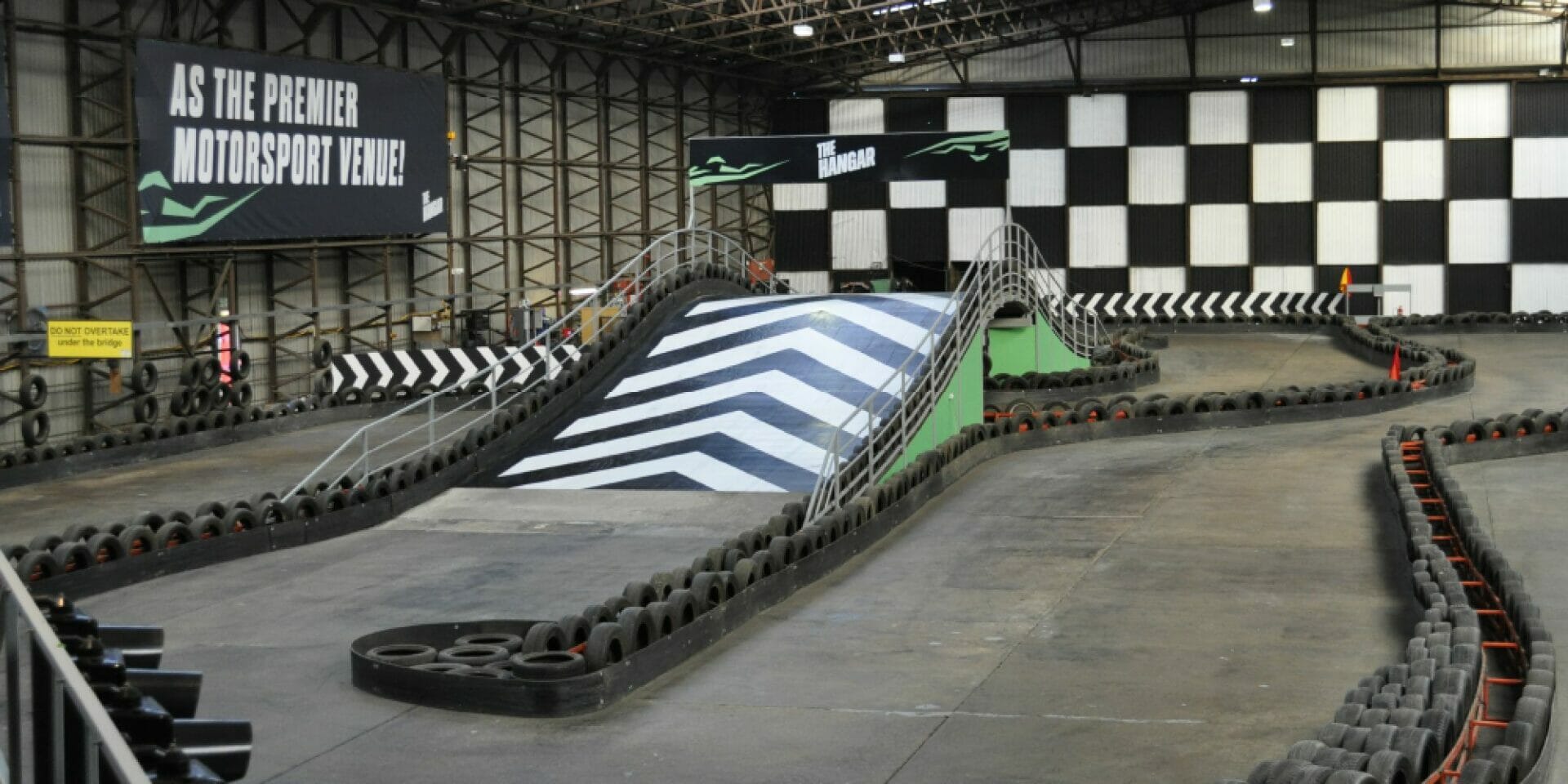Nottingham has so many places to discover, some the city might not be known for. If you are new to Notts, or even if you are familiar with what is in Nottingham, then here are some cool places you might want to venture to further explore the deeps of the city.
The Lost Caves

Whether you didn’t know this or not, hidden 26ft below Nottingham’s oldest hotel The George Hotel is a secret drinking den. Decorated with skulls, chandeliers and stuffed animals, The Lost Caves is the quirky drinking place you have been missing from your life – if only corona weren’t postponing your visit.
The way to access the caves is through an alley – adding to the creepy décor – through a disguised door to a staircase that leads to the 200-year-old building. Past guests to the establishment have included Charlie Dickens and Elizabeth Taylor.
If you wish to attend the caves, you are advised to dress warmly, and drink in moderation, as it may be as hard to find your way out as it is to find your way in!
Bell Inn Caves
The Bell Inn Caves have been described as a labyrinth of medieval chambers, and just like The Lost Caves, they are hidden. However, this time they are hidden below an old pub.
Located in Old Market Square, the Bell Inn Caves was first established all the way back in 1437, making it no surprised it is known to be haunted. Originally, they were monk dormitories and eventually became storage for ale and brewery.
To access the Bell Inn Caves, you can access them via a storeroom which is adjacent to the men’s room, and then it is a cellar below the main bar. Tours of the caves are limited during the year – more so during the pandemic.
A visit to the caves is also recommended for the fit and healthy as you are required to step down a steep ladder to reach the deepest caves.
Sneinton Dragon

Sneinton was originally one of the first small villages here in Nottingham to be absorbed into the industrial boom during the 19th century. However, in 2006 after a local urban regeneration, the city council proposed a piece of street art to be produced to represent how the area was now a vibrant and multicultural community. After conducting a survey to the locals, they voted for a dragon to be produced. Random right?
The Sneinton Dragon was produced by Notts born artist Robert Stubley and remains a popular sight throughout the city. It has been argued the dragon represents a physical form to the beastly slum they lived through in the 19th century.
If you want to visit this weird and wonderful sight, then you can make your way to the corner of Manvers Treet and Sneiton Hermitage.
Church Cemetery
This old Victorian cemetery is rumoured to be a previous Druidic temple, a former hangman’s gallow and even caves where Robin Hood was said to have stabled his horses.
Known as the “Rock Cemetery”, it was founded in 1851 and was originally used as a quarry and a place for public execution. As a result of the rapidly expanding population growth outside of the Nottingham area, so it was used to accommodate the dead.
Beneath the graveyard, a long tunnel leads to an area that was intended to separate the classes between the Victorians, even in death.
Within the cemetery, some notable figures are buried here included Sir Frank Bowden – the founder of Nottingham’s renowned Raleigh Cycle Company, the famous architect Watson Fothergill and even the cemetery’s founder Edwin Patchett.
Wollaton Hall
A sight you may or may not be too familiar with is the beloved Wollaton Hall. The 500-year-old mansion accommodates deer and a museum and was previously a 16 century home.
Built-in 1580, the hall has been home to deer and was slowly recognised and loved by the rest of the city. Until the 1880s, Wollaton Hall was owned by the Willoughby family. However, with the growth of the industrial era in Nottingham, the Willoughby’s decided to sell up to seek a less smoky residence.
For any Batman fans out there as well, Wollaton Hall was the location for The Wayne Manor in The Dark Knight Rises in 2011.
The Arboretum

The Arboretum remains one of the most popular locations in Nottingham. The park opened in 1852 – by the Sheriff of the time – and is the oldest public part within the city. To add to its appeal, it is said to be the inspiration to Peter Pan’s Neverland as author JM Barrie lived close to the park.
Within the park, there are 800 trees, including 60 different species of them. The captured Russian weaponry within the park was brought to Nottingham during the Crimean War in 1956-1856. Alongside the weaponry, there is also the bell that arrived in the city during the Second Opium War against the Wing Dynasty of China all the way back in 1857.
Ye Olde Trip To Jerusalem

Once again, the Ye Olde Trip to Jerusalem is a landmark in Nottingham that the majority of visitors and residents tend to know well. It is the oldest inn in England and has been rumoured to have been a refreshment stop for crusaders during the 12th century, whilst they were heading to Jerusalem.
It was also said to be a casual stop for King Richard the Lionheart where they would stop before heading out to fight the Saracens.
Along the way, you might as well go for the triple whammy and visit the Nottingham Castle and Robin Hood statue as the Inn is based at the base of the cliffs near the castle.
The Exchange Murals

During the 1920s, the city hall – known as the Council Hall – has been home to a mini-mall known as “The Exchange”. At this location, there is a mural which depicts three key moments from Nottingham’s history, including a reference to the Robin Hood legend.
In chronological order, the mural first shows the Viking capture and occupation of the city in 868. Next is William the Conqueror ordering the construction of Nottingham Castle to take place in 1068 and then it is King Charles I initiating the English Civil Wars at Standard Hill in 1642.
The fourth and final mural shows Robin Hood, Maid Marian and their accompanying Sherwood outlaws doing some archery.
Greens Mill

The Green’s Mill and Science Centre was originally built in 1807 by local baker George Green. At the time, George was not known for his mathematics, but since the years of his life, his work has been highly regarded and recognised in the world of science.
After visiting Nottingham in 1930, Albert Einstein stated that he thought Mr Green was 20 years ahead of his time.
It was no surprise that Green left to study at Cambridge, however after he returned to Nottingham in 1841, he, unfortunately, died at 47 years old. After this, the Mill went into ruin.
However, in the 1970s, the George Green Memorial Fund purchased back the windmill – derelict at the time – and had the aim of restoring it back in memory of the scientist and his outstanding work.
The mill was restored during the mid-1980s and later opened a science museum, making it a popular attraction today for locals.
Standard Hill

Standard Hill (mentioned above) played a key role in the turbulent times that were the English Civil War. It started right here in Nottingham in 1642, and eventually led to surrender and betrayal at the Saracen’s Head Pub – located in Southwell.
It is also the place where King Charles I first raised his banner, and where he began forming an army for the war that laid ahead.
So, with an endless number of places for you to explore in Nottingham, it adds to simply how much the city has on offer.






